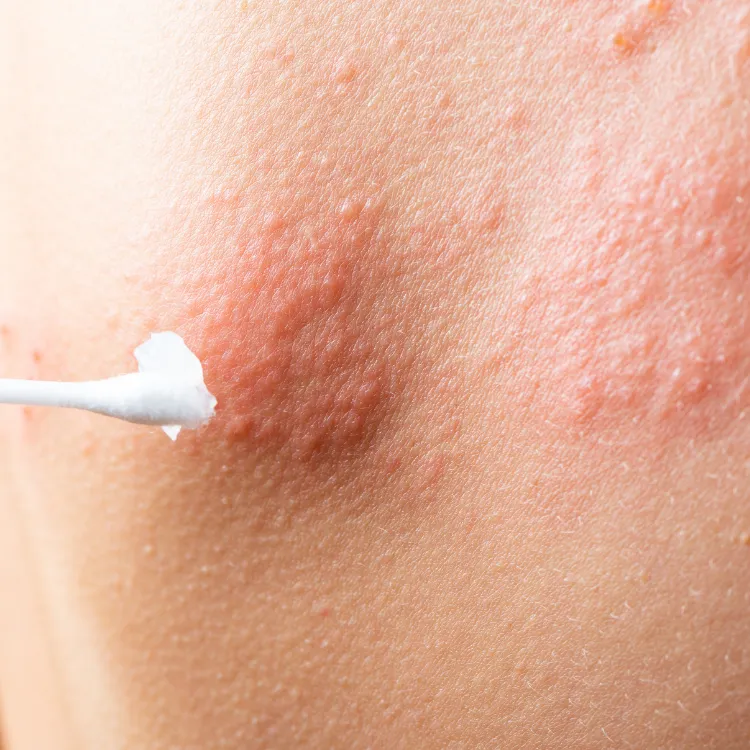Keloid Treatment
A keloid is a type of raised scar that forms due to the excessive growth of fibrous tissue during the wound healing process. This abnormal scar typically has a smooth, firm, raised, and irregular appearance and may vary in color—commonly tan, red, or purple. Keloids can appear anywhere on the body but are most frequently found on the face, neck, chest, shoulders, and back. In addition to being aesthetically concerning, keloids may also lead to psychological distress.
Chose Your Topic
Get in Touch
Get professional treatments in Turkey at Lygos Clinic, offering effective, affordable treatments for a healthier and more aesthetically pleasing life.
You can contact us via WhatsApp and Instagram for a quick response.

What is Keloid?
Keloids are exaggerated, overgrown scars that form on the skin following an injury or surgical procedure. Unlike normal scars, they extend beyond the original wound area, are raised, and often red or dark in color. Keloids result from an overactive wound-healing response, particularly due to an excess production of fibroblasts and collagen. This can lead to both cosmetic and physical discomfort.
Although keloids are not harmful, they can be permanent and may require medical treatment. Their development is influenced by factors such as skin type, genetic predisposition, and the severity of the injury.
What is Keloid Scar?
A keloid scar develops after skin trauma such as cuts, burns, surgical incisions, or infections. These scars are distinct due to their thick, raised, and often reddish-brown appearance. In some cases, they can become itchy or even painful.
Not all skin heals seamlessly. Some injuries result in excessive scar tissue formation. Keloids are a result of collagen overproduction, leading to scars that are larger and more prominent than the original wound. The depth and nature of the skin injury, as well as individual healing capacity, significantly affect keloid formation.
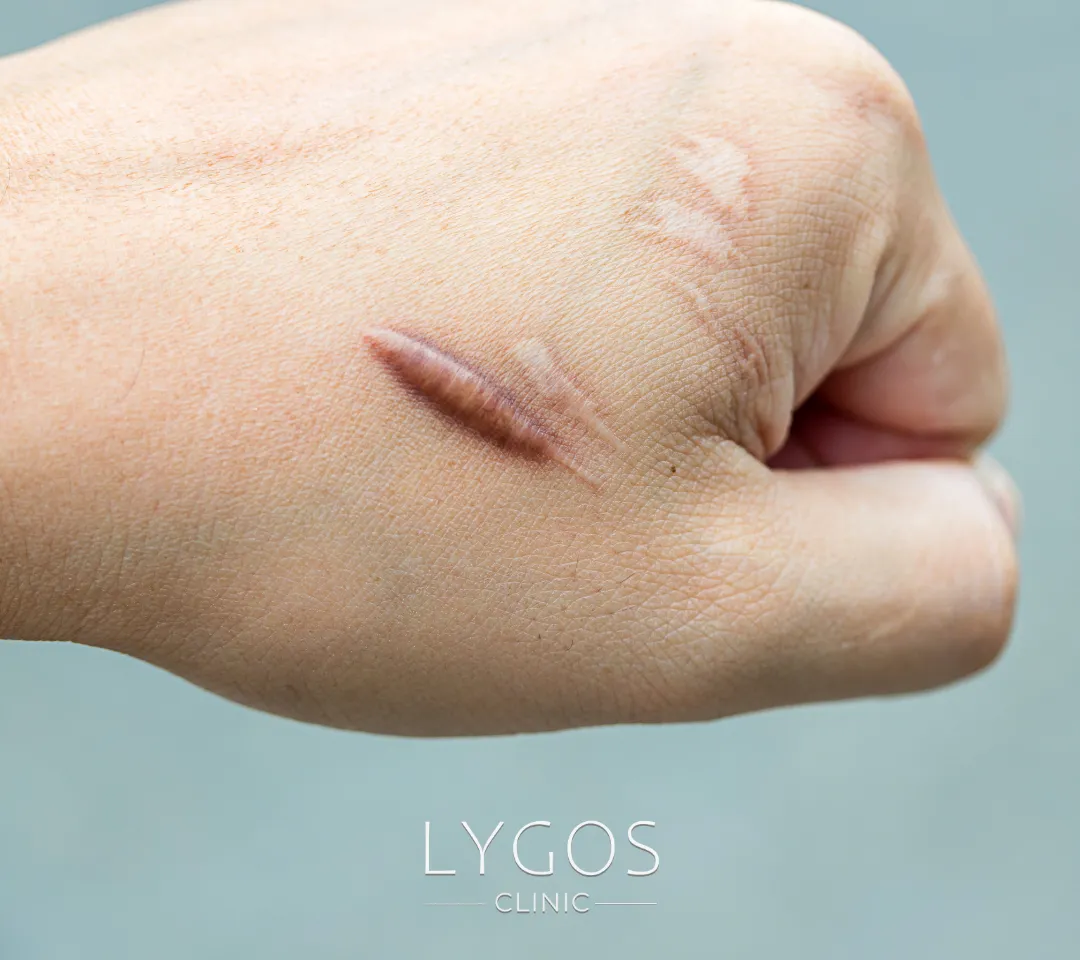
What Causes Keloid Scars?
Keloid scars can develop for various reasons, and the exact cause often involves a combination of factors:
- Inflammatory Skin Conditions: Acne, eczema, and other chronic skin conditions can trigger keloid formation.
- Skin Type & Color: Individuals with darker skin tones are at higher risk, although keloids can occur in all skin types.
- Injuries & Trauma: Any wound, burn, surgical incision, or skin damage can lead to keloids due to excessive collagen buildup.
- Genetic Predisposition: A family history of keloids increases the likelihood of developing them.
- Severity of Injury: Deeper, larger, or infected wounds are more likely to result in keloid scarring.
Keloid Scar Treatment Methods
Treatment for keloid scars varies based on the scar’s size, location, and the patient’s overall health. Since keloids are complex, multiple treatment approaches may be considered:
-
Natural remedies such as aloe vera gel, honey and vinegar can be used. These methods applied at home can be applied to relieve symptoms and moisturize. However, it should be known that this condition is not permanent.
-
You can use electrocautery or laser treatment to reduce the tissue on the keloid.
-
You can also shrink the keloid by changing the response of the immune system. This treatment method is called Immune.
-
To prevent the keloid from growing again, you can opt for radiotherapy. There is also a risk of side effects.
-
The method to use liquid nitrogen is called cryotherapy. In this procedure where the keloid is frozen, the scar is minimized.
-
Compression therapy may be recommended for keloid formed after burns on the skin. This treatment process, which is usually combined with other keloid treatment methods, is based on the condition and severity of the symptom.
-
One of the most common keloid scar treatment methods is intralesional streoid application. This method, which helps to shrink and correct the scars, can be applied both alone and in combination with other methods.
-
Corticosteroid drugs affect the shrinkage and improvement of the scar.
-
Finally, surgical intervention comes last among keloid treatment methods. In this method, which is used to cut and remove the keloid, the appearance is improved. However, there is also a risk of scarring.

First Step
Keep the wound clean and dry during the treatment period.

Second Step
Use steroid creams or silicone caps.

Step Three
Surgical intervention may be necessary for keloids with large scars.

Step Four
Laser treatment can be applied to prevent recurrence of keloid.
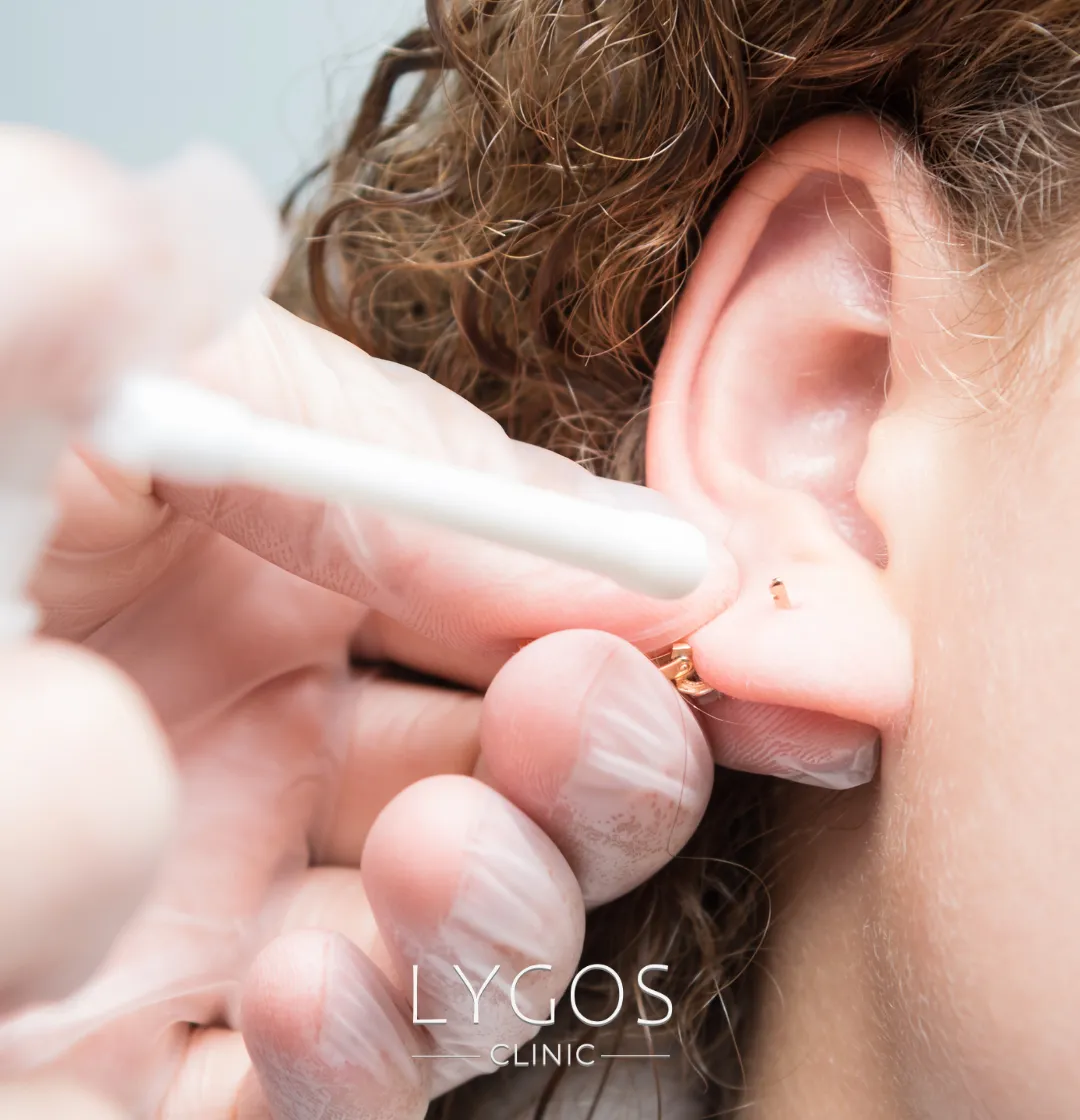
Piercing Keloid Scar Treatment
Piercings, especially on the ears, nose, or cartilage, can sometimes lead to keloid formation. If untreated, these scars can affect appearance and well-being.
Treatment options for piercing-related keloids include:
- Cryotherapy: Freezing the scar to reduce its size.
- Laser Therapy: Reshapes the skin and reduces scar prominence.
- Silicone Gel Sheets: Help flatten and soften the keloid.
- Surgical Excision: The most definitive option, usually performed under anesthesia.
Laser Keloid Scar Treatment
Laser treatment is a non-invasive option that minimizes keloid size and improves skin texture. It works by targeting and breaking down the scar tissue in multiple sessions. A specialized dermatologist or aesthetic physician will evaluate if you’re a suitable candidate before proceeding.
Laser sessions are performed under local anesthesia. The intensity and duration depend on the size, depth, and location of the scar.


Keloid Scar Creams
Creams may be used for small or early-stage keloids. These typically contain ingredients like retinoids, imiquimod, or silicone. They should only be used under medical supervision, as incorrect use may lead to irritation or ineffective results.
Things to Consider in Keloid Scar Treatment
Each treatment method requires attention to specific instructions:
- Medications: Take as prescribed and complete the full course.
- Lifestyle Changes: Avoid habits that may interfere with healing (e.g., smoking).
- Anesthesia-Related Treatments: May require temporary activity restrictions.
- Consistency: Regular follow-ups and compliance enhance results.
Personal factors such as health history and genetic predisposition must also be considered when choosing the best treatment plan.

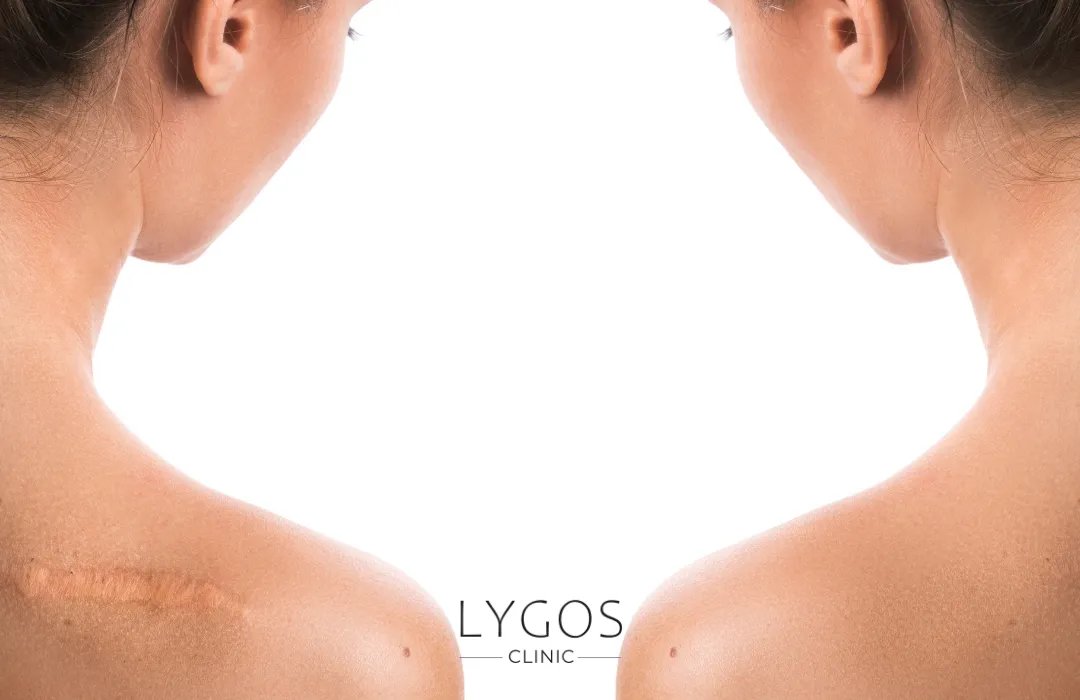
Before - After Keloid Scar Treatment
Comparing the appearance of the scar before and after treatment helps illustrate the effectiveness of the chosen method. Keloid reduction not only improves physical appearance but also boosts confidence and overall well-being. Treated scars become less raised, smoother, and closer to the skin’s natural color.
Keloid Scar Treatment Costs
Costs vary depending on:
- The treatment method (e.g., laser, cryotherapy, surgery).
- Size and location of the keloid.
- Number of sessions required.
- The doctor’s expertise and clinic location.
Since multiple factors affect pricing, we recommend consulting with our experts at Lygos Clinic for a personalized evaluation and cost estimate.

Get in Touch
Get professional treatments in Turkey at Lygos Clinic, offering effective, affordable treatments for a healthier and more aesthetically pleasing life.
You can contact us via WhatsApp and Instagram for a quick response.
Frequently Asked Questions About Keloid Treatment
BLOG
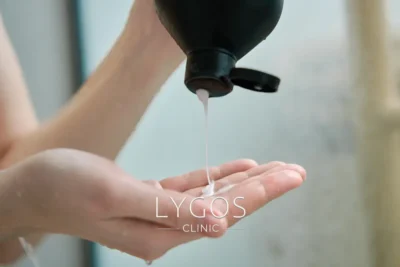
Salt Free Shampoo Usage and Benefits | Lygos Clinic
Chose Your Topic Salt Free Shampoo Usage and Benefits Comes to hair care, choosing the right products is one of
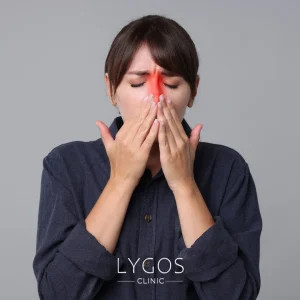
What is Sinusitis | What Are Its Symptoms?
Chose Your Topic What is Sinusitis and What Are Its Symptoms? Sinusitis is a common health issue affecting many people

Skin Cancer | Symptoms, Causes and Prevention Methods
Chose Your Topic Skin Cancer Skin cancer is one of the most common types of cancer worldwide. Prolonged sun exposure,



